A Patch of Blue
8.6 /10 1 Votes
100% Rotten Tomatoes Initial DVD release February 4, 2003 Country United States | 8/10 IMDb 3.9/5 Goodreads Genre Drama, Romance Duration Language English | |||||||||||||||||||||||||||||||||
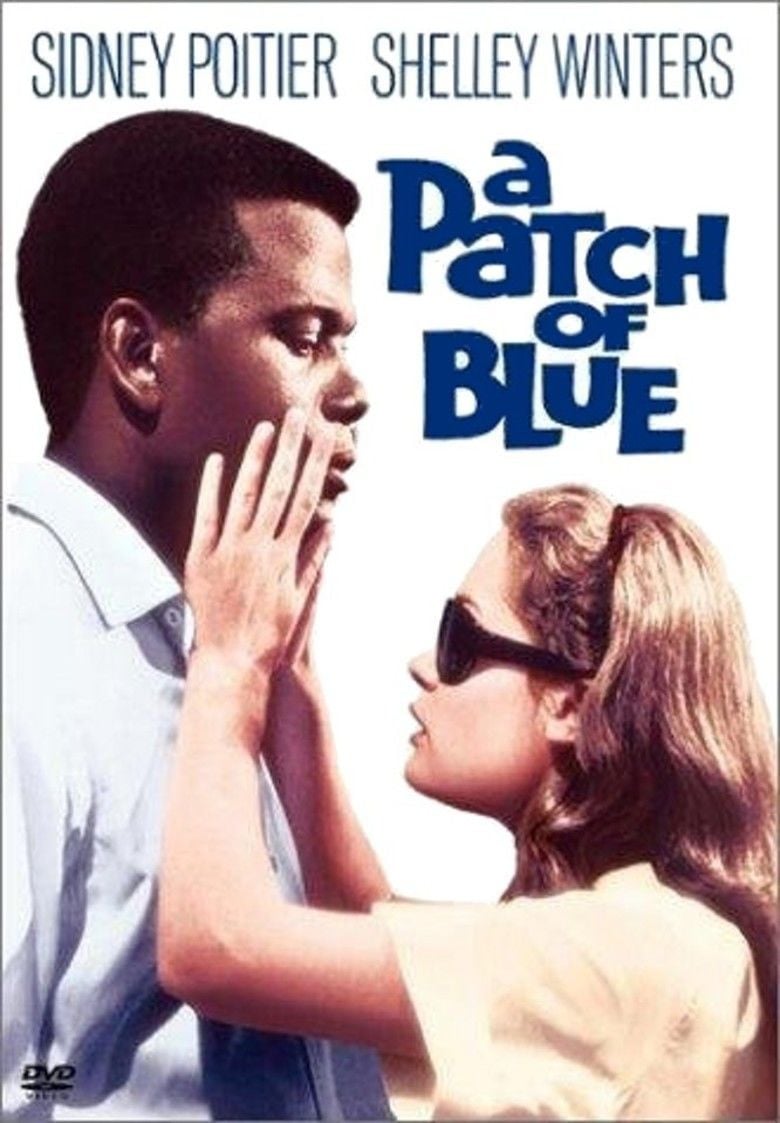 | ||||||||||||||||||||||||||||||||||
Release date December 10, 1965 (1965-12-10) Based on Be Ready with Bells and Drums byElizabeth Kata Awards Academy Award for Best Actress in a Supporting Role, Golden Globe Award for Best New Star of the Year – Actress Cast (Gordon Ralfe), (Rose-Ann D'Arcey), (Selina D'Arcey), (Ole Pa), (Mark Ralfe), (Sadie) Similar movies Pretty Woman , Irreversible , Zandalee , Paprika , Mamma Roma , Sex Drive Tagline Love is color blind. | ||||||||||||||||||||||||||||||||||
When Selina DArcey (Elizabeth Hartman), a blind young white woman, befriends Gordon Ralfe (Sidney Poitier), a black office worker, their budding relationship eventually leads to romance. However, once Selinas insensitive and abusive mother, Rose-Ann (Shelley Winters), finds out about Gordon, she becomes determined to keep the couple apart. With its stirring story of interracial love, this thoughtful film fittingly reflects the civil rights movement of the era.
Contents
- A patch of blue 1965
- Plot
- Cast
- Soundtrack
- A Cinderella Named Elizabeth
- Critical reception
- Similar Movies
- Box office
- References
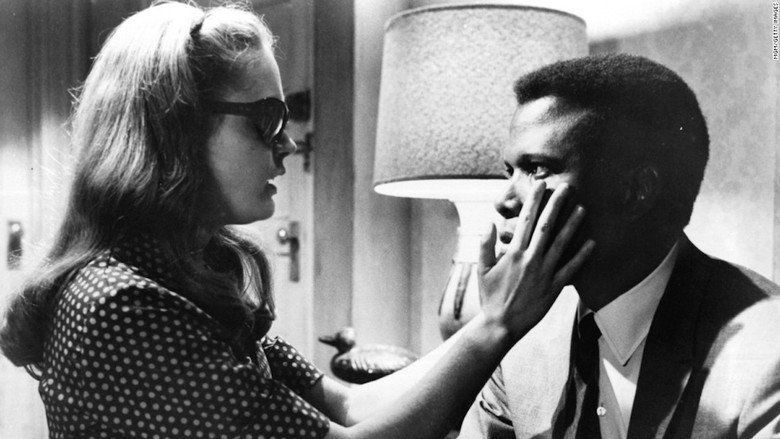
A Patch of Blue is a 1965 American drama film directed by Guy Green about the relationship between a black man, Gordon (played by Sidney Poitier), and a blind white female teenager, Selina (Elizabeth Hartman), and the problems that plague their relationship when they fall in love in a racially divided America. Made in 1965 against the backdrop of the growing civil rights movement, the film explores racism from the perspective of "love is blind."
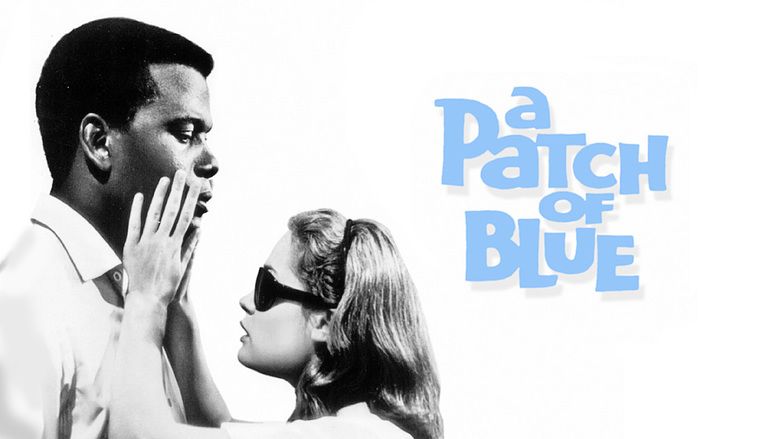
Shelley Winters won the Academy Award for Best Supporting Actress, her second win for the award, following her victory in 1959 for The Diary of Anne Frank. It was also the final screen appearance for veteran actor Wallace Ford.
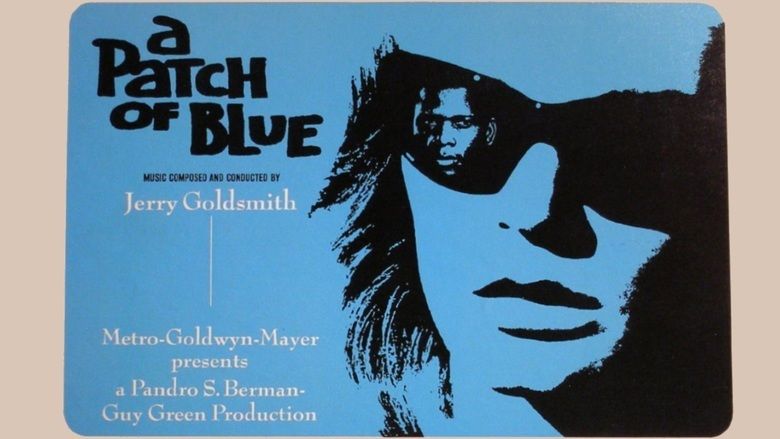
Scenes of Poitier and Hartman kissing were excised from the film when it was shown in film theaters in the Southern United States. These scenes are intact in the DVD version. According to the DVD audio commentary, it was the decision of director Guy Green that A Patch of Blue be filmed in black-and-white, although color was available.
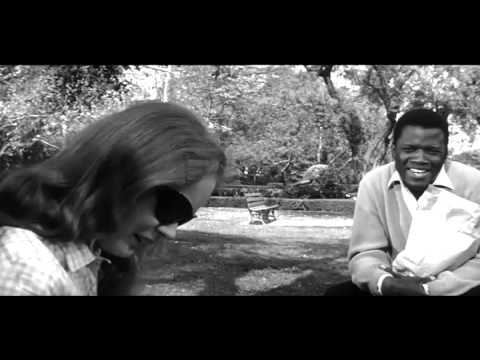
The film was adapted by Guy Green from the 1961 book Be Ready with Bells and Drums by the Australian author Elizabeth Kata. The book later won a Writers Guild of America award. The plot differs slightly from the film in that it has a less optimistic ending. In addition to the Best Supporting Actress win for Winters, the film was nominated for Academy Awards for Best Actress in a Leading Role (Elizabeth Hartman), Best Art Direction-Set Decoration (Black-and-White) (George Davis, Urie McCleary, Henry Grace, Charles S. Thompson), Best Cinematography (Black-and-White) and Best Music (Original Music Score). Hartman, 22 at the time, was the youngest Best Actress nominee ever, a record she held for ten years before 20 year-old Isabelle Adjani broke her record in 1975.
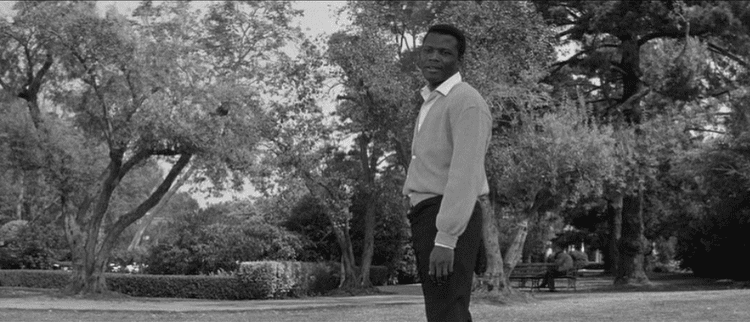
A blind, uneducated white girl is befriended by a black man, who becomes determined to help her escape her impoverished and abusive home life.
A patch of blue 1965
Plot
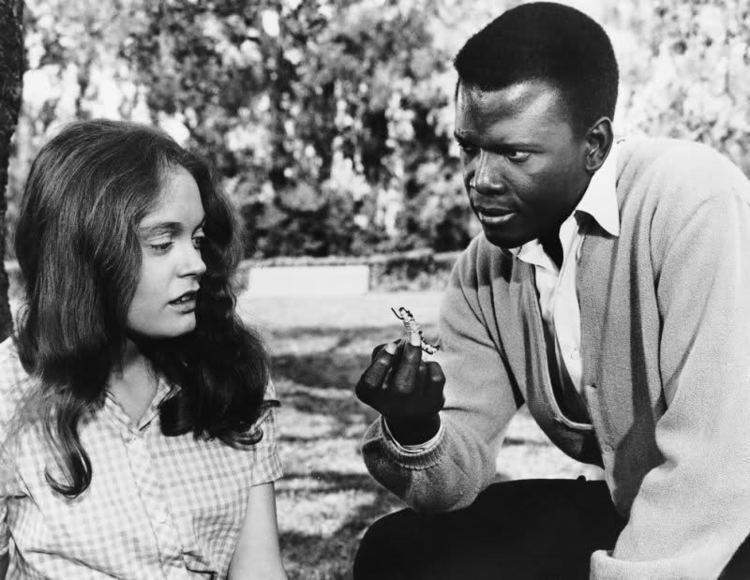
Selina DArcey (Elizabeth Hartman) is a blind girl living with her prostitute mother Rose-Ann (Shelley Winters) and grandfather Ole Pa (Wallace Ford), in a city apartment. She strings beads to supplement her familys small income, and spends most of her time doing chores. Her mother is abusive, and Ole Pa is an alcoholic. Selina has no friends, rarely leaves the apartment, and has never received an education.
Selina convinces her employer to bring her to the park, where she happens to meet Gordon Ralfe (Sidney Poitier), an educated and soft-spoken black man working night shifts in an office, and the two quickly become friends. Gordon learns that she was blinded at the age of 5 when Rose-Ann threw chemicals on her while attempting to hit her husband, and also that she was raped by one of Rose-Anns "boyfriends".
Rose-Anns friend, Sadie, is also a prostitute, and while lamenting the loss of her youth, she realizes that Selina can be useful in their business. Subsequently, Rose-Ann and Sadie decide to move into a better apartment, leave Ole Pa and force Selina into prostitution.
In the meantime, Gordon has contacted a school for the blind which is ready to take Selina. While Rose-Ann is away, Selina runs away to the park and with some difficulty, meets Gordon. She tells Gordon about Rose-Anns plan, and he assures her that she will be leaving for the school in a few days. Finding Selina missing from the apartment, Rose-Ann takes Ole Pa to the park and confronts Gordon. Despite Rose-Anns resistance, Gordon manages to take Selina away, and Ole Pa stops Rose-Ann, telling her that Selina is not a child anymore.
At Gordons house, Selina asks Gordon to marry her, to which Gordon replies that there are many types of love, and she will later realize that their relationship will not work. Selina tells him that she loves him, and knows that he is black, and that it does not matter to her. He then tells her they will wait one year to find out if their love will lead to marriage. Meanwhile, a bus arrives to pick up Selina.
Cast
Soundtrack
The soundtrack to A Patch of Blue was composed and conducted by Jerry Goldsmith. It gained Goldsmith his second Academy Award nomination for Best Original Score following his score to Freud in 1962. It was also one of the 250 nominated scores for the American Film Institutes top 25 American film scores. The score has been released three times on CD; in 1991 through Mainstream Records (with the score to David and Lisa by Mark Lawrence), in 1992 through Tsunami Records (with his score to Patton), and an extended version in 1997 through Intrada Records.
"A Cinderella Named Elizabeth"
The films creators also made a short about Hartmans selection to play the starring role. The short, called "A Cinderella Named Elizabeth," focuses on her status as an unknown actress from the middle America town of Youngstown, Ohio, and includes segments from her screen test and associated "personality test", in which the actress is filmed while being herself and answering questions about everyday topics such as her taste in clothing. The short also shows her visiting the Braille Institute of America to watch blind people being trained to do handwork — similar to the beadwork her character does in the film — and to perform tasks of daily living and self-care, of the sort that Poitiers character teaches Selina to do.
Critical reception
A Patch of Blue has a 100% approval rating on Rotten Tomatoes.
Similar Movies
Sidney Poitier and Ivan Dixon appear in A Patch of Blue and A Raisin in the Sun. The Story of a Three-Day Pass (1968). Sidney Poitier appears in A Patch of Blue and No Way Out. Sidney Poitier appears in A Patch of Blue and Guess Whos Coming to Dinner. Sidney Poitier appears in A Patch of Blue and The Lost Man.
Box office
The film proved to be the most successful in Poitiers career, which proved a lucrative development considering he agreed to a salary cut in exchange for 10% of the films gross earnings. In addition, the film made Poitier a major national film star with excellent business in even southern cities like Houston, Atlanta and Charlotte.
References
A Patch of Blue WikipediaA Patch of Blue IMDbA Patch of Blue Rotten TomatoesA Patch of Blue GoodreadsA Patch of Blue themoviedb.org
